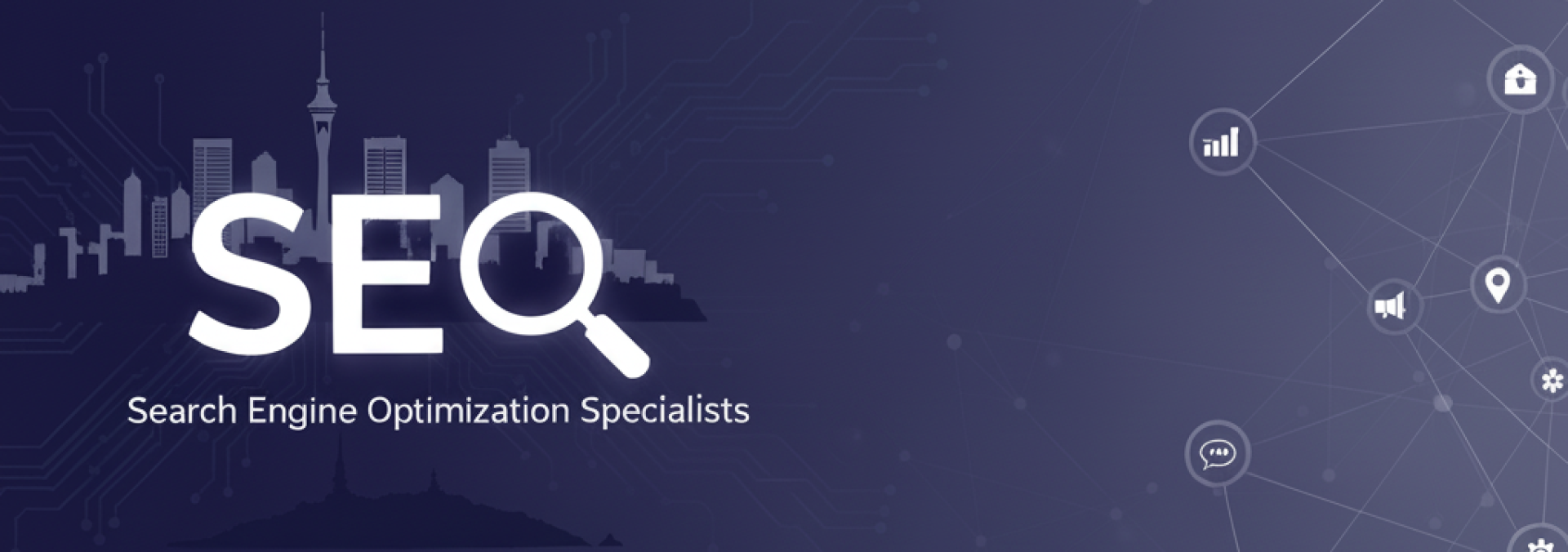
Shopify Technical SEO 2024: Beyond Basic Apps to Core Web Vitals Dominance
Is your Shopify store leaking revenue due to slow loading speeds and poor mobile performance? With Google’s Core Web Vitals now a definitive ranking factor, technical SEO is no longer a ‘nice-to-have’ but the core of any successful Shopify SEO strategy. This guide cuts through the noise to deliver the actionable, technical fixes that directly impact your visibility and conversions.
Why Technical SEO is Your Shopify Store’s Foundation
Many store owners focus solely on content and backlinks, ignoring the technical bedrock that Google requires. A flawless technical SEO foundation ensures:
- Googlebot can efficiently crawl and index your entire product catalog.
- Users experience lightning-fast load times, reducing bounce rates.
- Your site meets the Core Web Vitals thresholds, securing a ranking boost.
Core Web Vitals: The Shopify Performance Blueprint
Mastering these three Google metrics is non-negotiable for modern e-commerce.
Largest Contentful Paint (LCP): Speed as a Conversion Tool
LCP measures how quickly the main content of a page loads. For Shopify, the culprit is often unoptimized hero images or heavy theme scripts. To achieve a ‘good’ LCP (under 2.5 seconds):
- Compress and serve images in next-gen formats like WebP.
- Upgrade your Shopify theme to a 2.0 version for better code efficiency.
- Leverage lazy loading for images below the fold.
Cumulative Layout Shift (CLS): Eliminating the Annoying Jump
Have you ever clicked a ‘Buy Now’ button just as the page shifts? That’s a poor CLS score. It measures visual stability. Key fixes include:
- Always specify width and height dimensions for images and videos.
- Reserve space for dynamically injected content (e.g., ads, banners).
- Avoid inserting new content above existing content unless in response to a user interaction.
First Input Delay (FID): Making Your Store Feel Instant
FID (now replaced by Interaction to Next Paint) measures responsiveness. A poor score means your store feels sluggish when a user tries to interact. Improve it by:
- Breaking up long, JavaScript-heavy tasks.
- Minimizing or deferring unused JavaScript and third-party scripts (especially from some aggressive SEO apps).
- Using a browser cache for efficient resource reuse.
Advanced Shopify URL & Indexation Control
Shopify’s default structure can create SEO nightmares if left unchecked. Proactive management is key.
Taming Duplicate Content with Canonical Tags
Shopify automatically generates canonical tags, but problems arise with:
- Collection Filtering: URL parameters like `?sort_by=best-selling` can create infinite duplicate pages. Use the `robots.txt` file to disallow crawling of certain parameters or employ a strategic SEO strategy to noindex filtered views.
- Product Variants: Ensure each variant URL properly self-canonicalizes to avoid splitting link equity.
Structured Data: Your Secret Rich Snippets Weapon
Go beyond Shopify’s basic product schema. Implement `Product` structured data to unlock rich results in search, including price, availability, and review ratings. This directly increases click-through rates from the SERPs. Use Google’s Rich Results Test to validate your markup.
Actionable Takeaways: Your Technical SEO Checklist
Forget vague advice. Here is your immediate action plan:
- Audit Your Speed: Run a Google PageSpeed Insights report today. Prioritize fixing the ‘Fail’ and ‘Pass’ audits.
- Audit Your Index Coverage: Use Google Search Console to find and fix crawl errors, soft 404s, and indexation bloat from filtered collections.
- Optimize Your Images: Systematically convert your top-visited product and collection page images to WebP format.
- Streamline Your Apps: Audit and remove any unused or performance-draining apps from your store.
Technical SEO is not a one-time project but an ongoing competitive advantage. The stores that commit to a fast, stable, and technically sound foundation will be the ones that capture market share in 2024 and beyond.
Ready to diagnose your store’s technical health? Conduct a Core Web Vitals audit using Google Search Console this week and identify your single biggest performance bottleneck.
